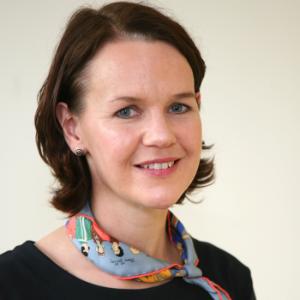Blogs
Engaging with Twitter: Uses for COST Action IS1406

Twitter, the online news and social networking service, includes speech and language therapists, parents of children with language impairments, teachers, linguists, psychologists and researchers among its active users. COST Action IS1406 has a Twitter account with the "handle" @COSTIS1406.
Caroline Bowen @speechwoman and Bronwyn Hemsley @BronwynHemsley, both Australian Speech-Language Pathologists, established the twitter handle @wespeechies and related hashtag #wespeechies. @wespeechies was the world’s first allied health twitter account and to date has over 7,900 followers. Through the account, people share links to research articles, blogs, books and other information sources; and engage in discussion, dissemination and commentary relevant to all areas of practice. Rotating curators #RoCurs curate the account for designated weeks on a specific topic. Details of the @wespeechies calendar, scheduled chats, curators, previous chat transcripts and other useful information are available online.
Carol-Anne Murphy @camisonup, vice-chair of Working Group 1 in this COST Action, was RoCur (rotating curator) of the @wespeechies Twitter account in September 2016 on the topic of "Theories of ‘language learning impairment and therapy’: How are they reflected in SLP/SLT interventions?" Curation included an hour-long Twitter chat,where participants responded to four questions:
- Let’s talk "theory": What theories underpin the language learning interventions that you use?
- How much does the "theory" play a part in deciding on a treatment? Do we or parents ask "why" something works?
- What clinical treatments do SLP/SLTs use that might need further theory development, to explain "why it works"?
- There are other theories (e.g. education, psychology etc.) that need more research in SLP/SLT. Do #wespeechies hear much about these?
Respondents referenced different theories of language learning and impairment, the need to link intervention to child profile and the implicit/sub-conscious nature of some aspects of theory. Some suggested that we question theory explicitly when an intervention either doesn’t work or doesn’t fit our known theories.
During the week, areas identified as needing further exploration included theory underpinning specific intervention approaches (e.g. implicit v explicit instruction), relevance to different groups/age ranges; and theory underpinning service delivery models (e.g. the ‘universal’ level as it involves SLT). Some models and frameworks relevant to intervention design, theory and evaluation were raised during the week. These included Behaviour Change Theory; Turkstra, Norma et al on the Rehabilitation Treatment Taxonomy and its application to speech and language therapy; and the MRC's Complex Intervention Framework and the Early Intervention Foundation's Logic Model.
Thanks to a long-standing arrangement between @ASHAjournals and @wespeechies a number of journal articles relevant to the topic were open-access for fourteen days.
Tweets prompted thinking on potential data extraction codes to be used during COST Action members’ systematic reviews of intervention; and on design of an intervention survey, to be rolled out across countries by COST Action IS1406 members later in 2017.
Twitter provides a platform to inform, question and generate ideas. As a next step, some ‘cross-linguistic’ tweeting would be welcome!
Consistent with COST Action IS1406's aims of mapping services, identifying research gaps, disseminating findings and engaging practitioners, Twitter may be a very useful framework to support us achieving our intended outcomes.
Would you like to get involved with Twitter? LSE has produced an excellent comprehensive guide to Twitter, specially tailored for researchers. If you are interested in curating our COST Action IS1406 Twitter account for a day, please get in touch.
Last modified: Fri, 10 Mar 2017 15:24:57 GMT



